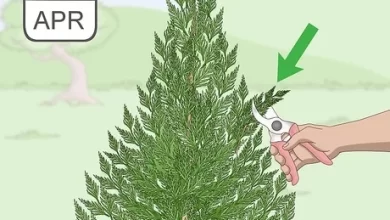Green Tea Plant: [Cultivation, Irrigation, Substrate, Pests and Diseases]
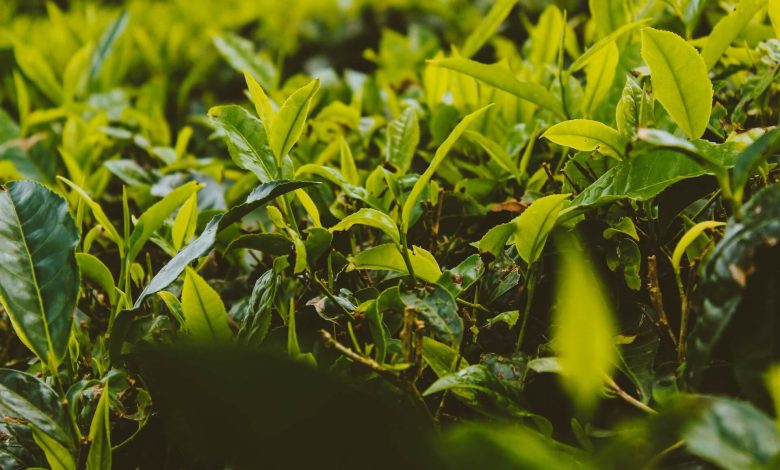
 Green tea is a plant species of oriental origin but that has become widespread in its production and consumption throughout the world thanks to the benefits it provides.
Green tea is a plant species of oriental origin but that has become widespread in its production and consumption throughout the world thanks to the benefits it provides.
Its flavor, after preparation, is soft and pleasant to the palate, thus increasing the level of preference that people have for it.
Its cultivation can be carried out in many areas, since good results have been obtained even in India.
Of course, it is necessary that the green tea plant has the most optimal conditions for its development and that is precisely what we will talk about today.
If you are interested in enjoying this plant in your garden, join us
Important points when planting the green tea plant
- When? In spring.
- Where? In full sunlight or semi-shade.
- How do we prepare the land? With abundant organic matter. Soils with neutral pH, throwing acids.
- How should we water? By drip.
- How often do you have to water? Almost daily, verifying that the environment is always humid but not waterlogged.
- What pests and diseases does it have? The most common pests are mites and thrips. As for diseases, anthracnose.
Characteristics of the green tea plant
Camellia sinensis is a species of evergreen shrub or small tree in the flowering plant family, Theaceae, whose leaves and shoots are used to produce tea. Common names include » tea plant «, «tea bush», and «tea tree» (not to be confused with Melaleuca alternifolia, the source of tea tree oil, or Leptospermum scoparium, the New Zealand tea tree).).
Camellia sinensis, var. sinensis and Camellia s. var. assamica are two of the main varieties grown today.
White tea, yellow tea, green tea, oolong, dark tea (including pu-erh tea), and black tea are all harvested from one or the other, but processed differently to achieve different levels of oxidation. Kukicha (twig tea) is also harvested from Camellia sinensis, but uses twigs and stems instead of leaves.
When to plant the green tea plant?
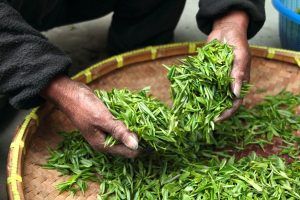 Preferably during the spring.
Preferably during the spring.
The green tea plant is grown primarily in tropical and subtropical climates, in areas with at least 50 inches of rainfall per year.
Tea plants prefer a rich, moist growing location in full sun or part sun.
However, the clonal is grown commercially from the equator as far north as Cornwall and Scotland in the UK mainland.
Many high-quality teas are grown at high altitudes, up to 1,500 m (4,900 ft), as the plants grow more slowly and take on more flavor.
Tea plants will grow into a tree if not pruned and in the right conditions, but crops of these plants are pruned to waist height to make harvesting easier.
Two main varieties are used, the Chinese small-leaved variety plant (C. s. sinensis) and the Assamica large-leaved plant (C. s. assamica), used primarily for black tea.
Where to plant a green tea plant?
The green tea plant needs to thrive in sufficient sunlight each day.
Hence, a space in full light or, at least, in semi-shade is recommended.
As for the temperature of the environment, the most appropriate thing is to ensure that it ranges between 14 and 27º C, so that it is as comfortable as possible.
How to prepare the land?
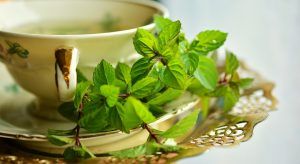 For the green tea plant to achieve optimal growth and proper flowering, the land where it will be planted must be rich in organic matter.
For the green tea plant to achieve optimal growth and proper flowering, the land where it will be planted must be rich in organic matter.
This is possible to achieve by fertilizing the land with organic fertilizers and ensuring that the land is of good quality.
It is important to verify that the soil is capable of draining water properly, since green tea does not tolerate waterlogging, neither by irrigation nor by rain.
As for the pH, it is best to prefer those that range from neutral to acidic, avoiding in all possible ways that they are alkaline.
How do we water?
Abundantly, preferably using the drip technique to properly control the flow and avoid ponding.
You can also opt for irrigation systems such as capillarity.
How often do we water the green tea plant?
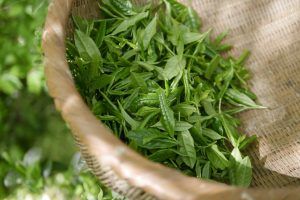 Almost daily.
Almost daily.
Being a plant that develops with high contact with sunlight, it tends to lose moisture from the soil quickly.
Around this, it is important to note that the green tea plant will not develop under a dry environment, so you have to keep the environment moist.
Even on summer days, when the temperature is higher, it is important to increase the frequency of irrigation.
On the other hand, in the flowering season it is also advisable to increase the frequency of irrigation.
How to plant the green tea plant step by step?
The green tea plant can be obtained already developed in nurseries and thus accelerate its growth process.
In that case, it is important that the plant has a rather small size to ensure a better environment when it develops its roots.
However, we can carry out the entire process without problems at home, with the use of some good quality seeds.
- Select the seeds that will help you plant the green tea plant.
- Soak the seeds in running water for 24 hours so that they are sufficiently hydrated.
- Prepare seedbeds with good quality soil and place the seeds in them. The green tea plant takes up to 3 months to germinate, so you must work patiently.
- After they start to sprout, move them to an appropriate sized pot so they can grow comfortably.
- At the moment that the plant has reached about 25 centimeters in height, the appropriate time arrives to extract it and plant it in its definitive place.
- Dig a hole that is of an appropriate depth for the root ball to sit comfortably. You should also make sure that it is wide enough to not cause damage to the root structure.
- Introduce the root ball and cover the surroundings with the sowing soil, pressing gently to eliminate the air pockets that are generated.
- Water abundantly so that the soil compacts.
- Add a layer of mulch around the base of the plant so there is enough moisture to maintain the correct temperature.
If you are planting more than one green tea plant, you need to give it enough space so that its root system is not stressed.
To do this, make sure that between one plant and another there is at least 25 centimeters of separation.
What care does the green tea plant need?
One of the most important care to have a beautiful and healthy plant is pruning.
This can be applied at least once a year to ensure that it grows with the correct shape and is thus able to generate better flowering.
Fertilizations will also be necessary to promote the plant to grow at a good rate, these will be applied during the summer every two months.
The harvest: How is it carried out?
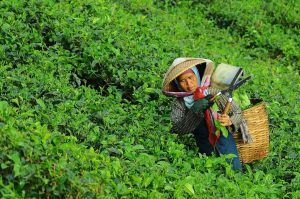 The harvest of camellia sinensis must be done by hand, since only the upper leaves must be plucked.
The harvest of camellia sinensis must be done by hand, since only the upper leaves must be plucked.
During picking (the tea industry’s term for harvest) look for the young leaves at the top of the plant, particularly those with spikes, or small, partially formed leaves.
Pluck a clump, or «blush,» of leaves, being careful to include a small portion of the stem containing two to five leaves and the tip.
A flush of only two or three leaves is known as a golden flush. On rare occasions, the twigs and flowers of the plant are also used. Normally, plants are kept without flowering to divert their energy to the leaves. However, some growers prefer the pretty white flowers that bloom during the fall.
The tea is harvested during the warmer months, when the plant grows vigorously. In northern climates, this results in a window of only four months. However, in tropical regions, growers can have up to eight months of regular harvests.
What pests and diseases affect you?
The green tea plant must be kept very well guarded because it is quite prone to attacks by different types of pests.
Within these possibilities we find mites, thrips and even termites.
A correct daily assessment of the state of the plant and its leaves will make it possible to advance with an early diagnosis and act accordingly.
A similar case occurs with diseases that are also the order of the day, finding anthracnose and root rot among the alternatives.
To attack diseases, the most appropriate process is to assess the symptoms and, based on them, carry out the most pertinent treatment.
Of the rest, all that remains is to enjoy a plant that is very beautiful at an ornamental level due to the light green color of its leaves and that is so beneficial for human consumption.



![Photo of Learn to Plant Garlic: How, When and Where to Do It [12 Steps]](https://www.complete-gardening.com/wp-content/uploads/2022/08/learn-to-plant-garlic-how-when-and-where-to-do-it-12-steps-390x220.jpg)
